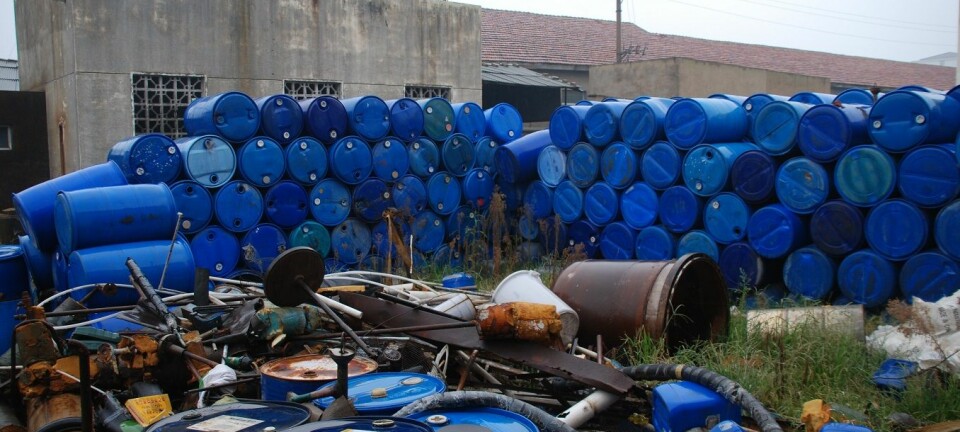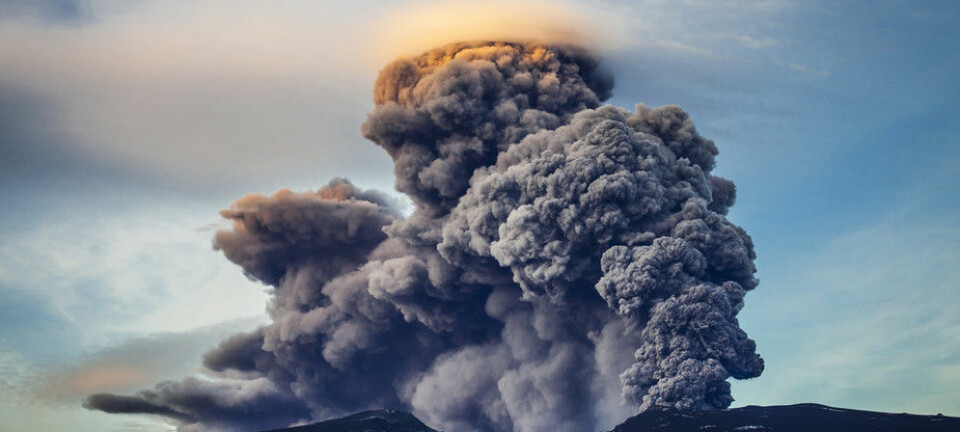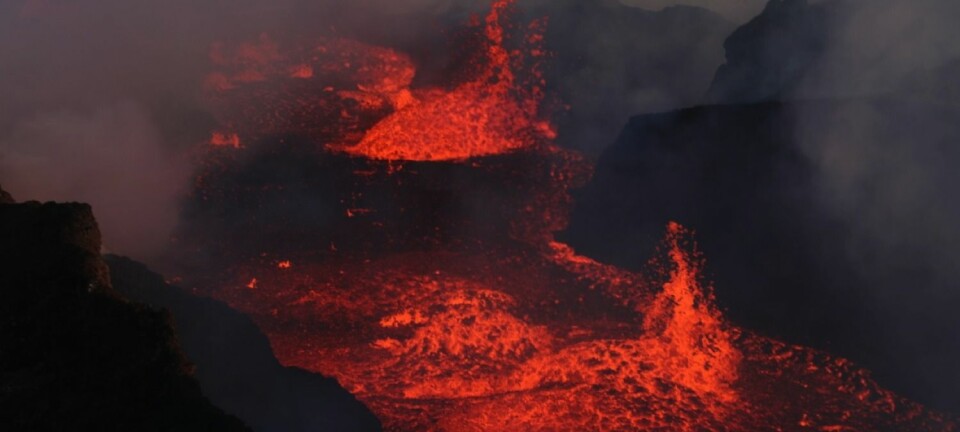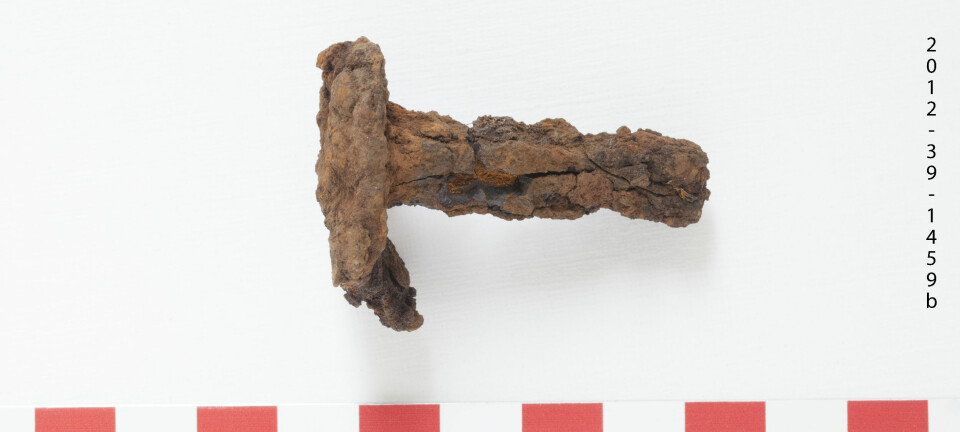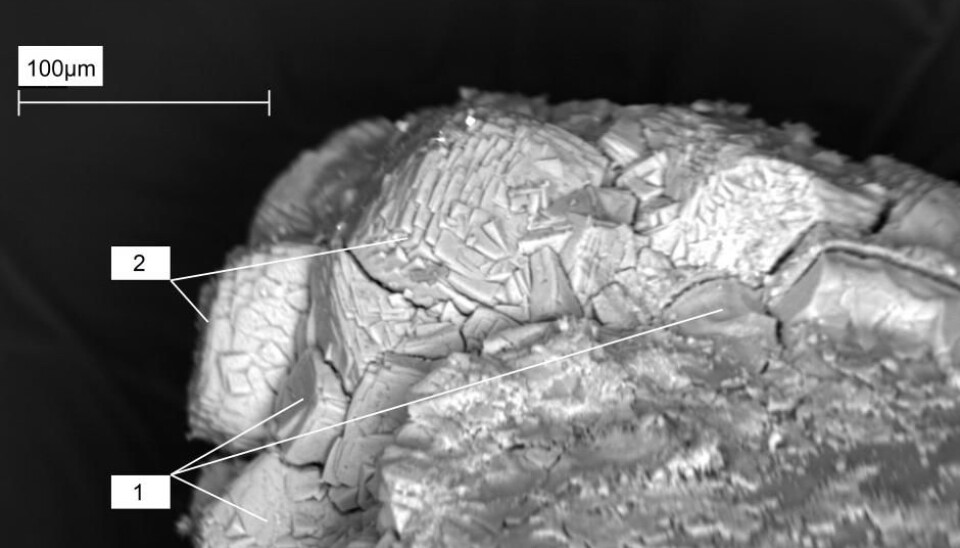
New mineral discovered in Hekla volcano in Iceland
During expeditions into the boiling warm openings of Iceland’s volcanoes, researchers have discovered seven new minerals.
In January 1991, the Icelandic volcano Hekla erupted in a dramatic geological event that would last for two months.
Half a year after the eruption, geologist Sveinn Peter Jakobsson set out to study some of the cracks in the lava.
Inside the cracks, temperatures reached 170 degrees Celsius and toxic gases were oozing out from the volcano.
Jakobsson collected some of yellowish encrustations inside the cracks and took them to the laboratory at the University of Copenhagen, where they were studied carefully.
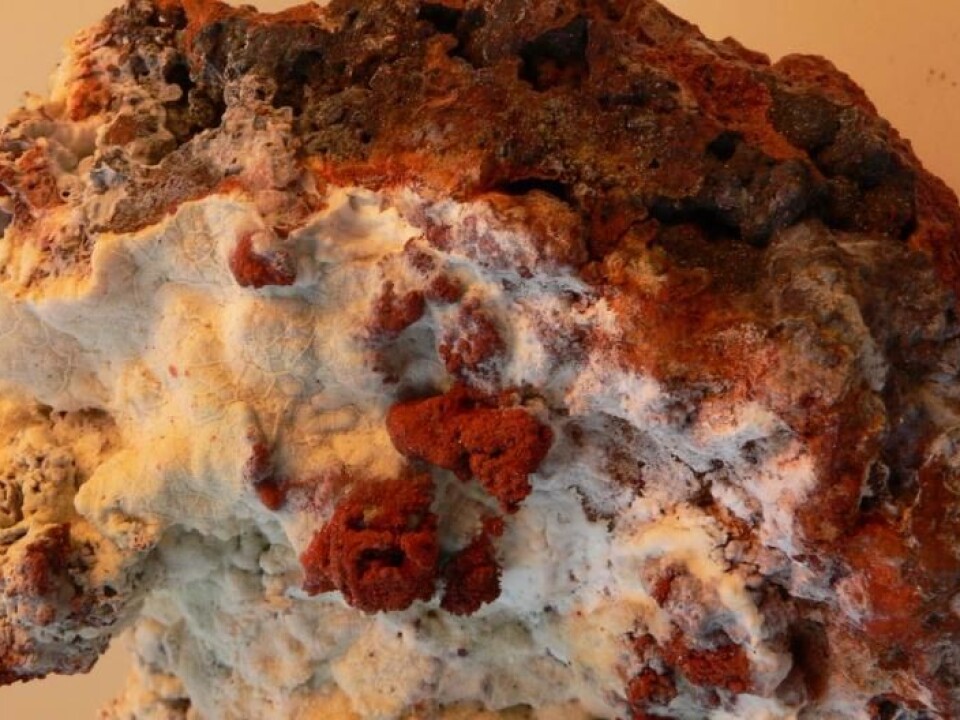
Now, a quarter of a century later, these investigations have led scientists to conclude that the volcanic material contained previously unknown minerals.
The new mineral is described in the latest issue of the scientific journal Mineralogical Magazine.
“We chose to name the mineral Topsøeite, after the Topsøe family. When you have a Danish family that has given so many important people to science, then I think there’s a reason to name a mineral after them,” says Tonci Balic-Zunic, Associate Professor in mineralogy and crystallography at the Department of Geoscience and Natural resources at the University of Copenhagen, Denmark.
Seven new minerals discovered
Topsøeite is one of seven new minerals discovered in Iceland since 2009. Balic-Zunic led the investigations into the new minerals from Hekla and Eldfell volcanoes.
“It’s a relatively unexplored area. There are some special geological processes in the volcanoes, and that means that there are some unique minerals here that you don’t see anywhere else,” says Balic-Zunic.
“Imagine that you are a biologist who has discovered a place with new species of animals or plants. That would grab the public’s attention. Unfortunately, geology is not so popular. So when we say we’ve discovered a place with seven totally new minerals, it’s only academics that are excited,” he says.
How Topsøeite forms
Topsøeite is formed by the elements iron and fluorine, along with water molecules.
Scientists have seen this chemical structure before, but this is the first identification of it in mineral form, says Hans Dieter Zimmermann, a mineralogist at Aarhus University, Denmark.
For a substance to be recognised as a mineral, it cannot just be created in a laboratory.
“Before Tonci’s study we didn’t know that it could also occur in nature as a mineral,” says Zimmermann.
New minerals discovered every year
There are approximately 5,200 known minerals on Earth. Any new discovery has to go through the International Mineralogical Association (IMA) before it is officially recognised as a mineral.
The expert group at IMA assesses whether or not the substances submitted can in fact be classed as new minerals.
Balic-Zunic and Zimmermann estimate that about 100 new minerals are registered every year.
“There’s been an increase in the number of new minerals in recent years. Half of the minerals we know today were discovered since 1980. That’s because we have new methods that make it easier to describe minerals and identify their chemical composition,” says Balic-Zunic.
Recently, an American study showed that human activities have led to a dramatic change in the Earth’s minerals.
------------------------------
Read more in the Danish version of the story on Videnskab.dk
Translated by: Catherine Jex
